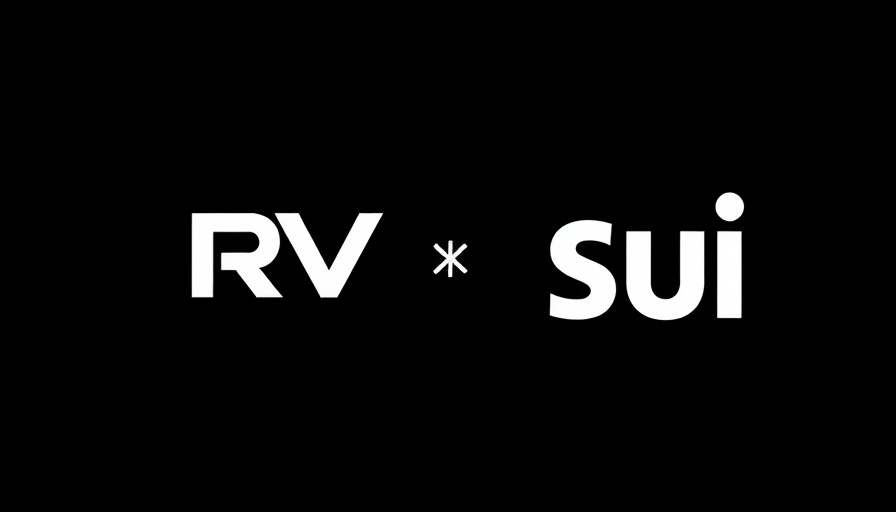
The Evolution of the Internet: From Web1 to Web3
The journey of the internet has been transformative. To understand what Web3 is, we must first reflect on its predecessors, Web1 and Web2. Web1, which spanned from the 1990s to the early 2000s, was characterized by static websites where users had minimal ability to interact. It was a time when owning an email address or domain was a significant advantage, although the internet lacked the vibrant interactivity we experience today.
In 'What Is Web3 and Why Does It Matter?', the discussion dives into the transformative potential of the next internet generation, raising critical insights that we explore further.
As we transitioned into Web2 in the mid-2000s, the internet blossomed with user-generated content and social media platforms. However, this new era came with a trade-off. The control shifted from users to tech giants, meaning we became reliant on corporations that dictated how we interacted online. Our data and identities became products managed by these entities, leaving us at their mercy. This dependency has made many worry about privacy and ownership, especially in an age of rising scams and data misuse.
What Makes Web3 a Game-Changer?
Web3 represents a radical shift, promising users greater control and ownership of their data. Built on blockchain technology, Web3 decentralizes power from tech conglomerates, enabling direct user interactions without intermediaries like banks or social media platforms. Imagine conducting financial transactions or sharing content with others without the need for third-party oversight. In Web3, you own your online identity and the content you produce, which not only changes how we engage personally but also how businesses operate.
Real-world implications are vast. If businesses transition to Web3, they can connect with customers more authentically, ensuring that interactions are not manipulated by proprietary algorithms. This advancement is particularly relevant for budget-conscious families, who largely depend on transparency in consumer products and services. For instance, if a family wants to purchase goods or services, Web3 could allow them to directly interact with producers without hidden costs or markup from middlemen.
The Current Reality of Web3 Development
As intriguing as the future looks with Web3, it's essential to note that the development process is already underway. Unlike the sudden shift from Web1 to Web2, Web3 will evolve organically over time. Organizations like Realvision are at the forefront of this transition, promising to share their experiences and insights about adopting Web3 technologies. For families seeking to stay informed and potentially gain financial independence, understanding this transition could be pivotal.
Web3 platforms are beginning to emerge, and while the full extent of their benefits won’t be realized for years, even early adopters can access improved security, transaction transparency, and a community where users have a stake and a voice. This shift presents unique opportunities for individuals wanting to engage in financial literacy and digital asset ownership.
Future Predictions: The Impact of Web3
The impact of Web3 on our lives is bound to be profound. It promises to empower users with data ownership and reshape their online interactions. As rising living costs plague budgets, the transparency and accountability facilitated by Web3 will become even more vital. Imagine a platform where a family can create content about savings tips and have control over its dissemination—benefiting from user engagement and financial rewards without relying on corporations locking them out.
It is crucial to remember that while industries like finance, retail, and entertainment are poised for transformation, it will require adaptability and awareness from consumers. Families should prepare themselves not just to witness the change but to engage with it responsibly, understanding the tools at their disposal.
Making Sense of the Shift
For families, the evolution toward Web3 creates several actionable insights:
- Stay informed about the principles of Web3 to leverage opportunities as they arise.
- Engage with community resources that highlight innovations in digital ownership and data privacy.
- Consider the implications for your online safety as you navigate through digital channels.
As the narrative around Web3 unfolds, individuals can assume control over their online representation, creating a more personalized internet experience.
In summary, Web3 is more than just an evolution of the internet; it's a revolution that seeks to empower users, especially families, with ownership and control. As these changes gain traction, being informed will be your strongest asset in navigating the upcoming digital landscape.
 Add Row
Add Row  Add
Add 




 Add Row
Add Row  Add
Add 

Write A Comment